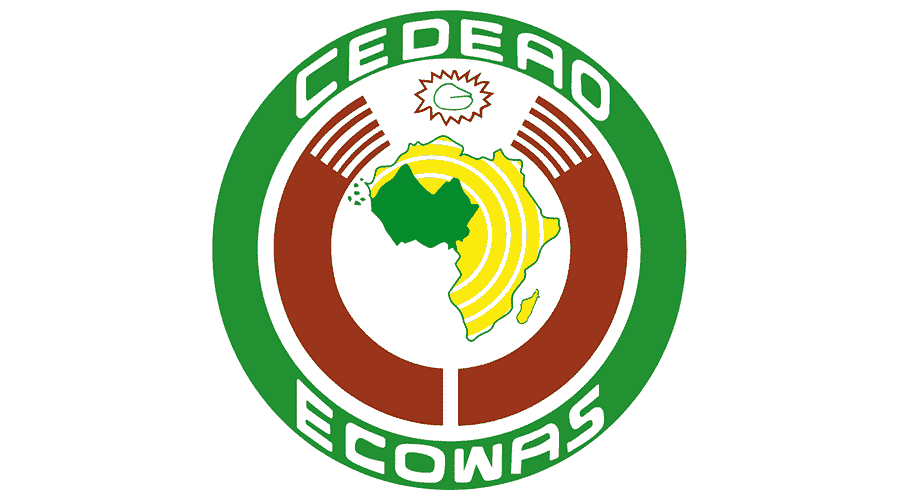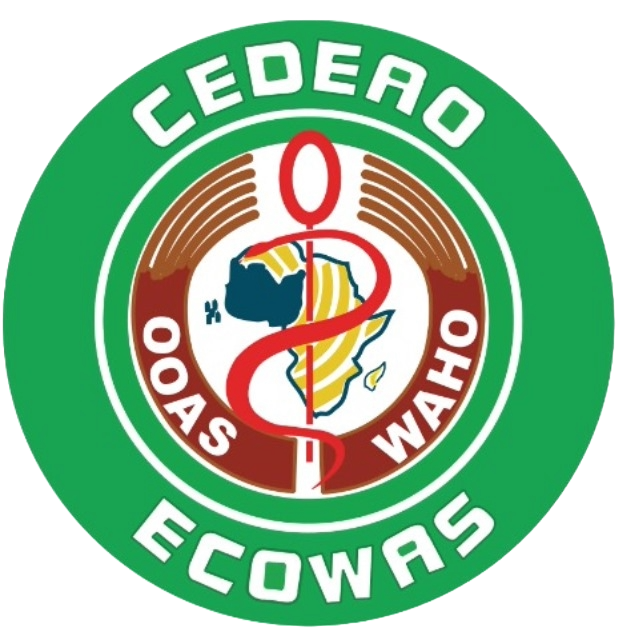Beyond Borders: Strengthening Regional Cooperation to Combat
Lassa Fever and Emerging Infectious Diseases
Invitation à soumettre des résumés
The West African Health Organisation invites researchers,
practitioners, and stakeholders to submit abstracts for
presentation at the
Lassa Fever International Conference 2025.
Submissions are welcome across all conference tracks and should
focus on Lassa Fever and emerging infectious diseases.
Note: Abstracts on Lassa Fever and other viral
hemorrhagic fevers will be prioritized.
Directives de soumission :
-
Abstracts must be submitted via the official conference
submission platform. If you encounter any difficulties,
please contact abstracts@lfic2025.org
-
La date limite de soumission est fixée au 24 mai 2025 à 23h59 GMT.
-
• Les présentations acceptées seront soit orales, soit affichées (poster)
-
Les résumés doivent être structurés comme suit :
- Introduction/Background – Provide context
and significance of the study.
- Methods – Describe study design, data
sources, and analysis approach.
- Results – Present key findings with relevant
data.
- Conclusion – Summarize key takeaways and
recommendations.
Champ d'application des soumissions
We welcome submissions of original research, implementation
science studies and case studies and programmatic
experiences.
Options linguistiques
Abstracts may be submitted in any of the three official
ECOWAS languages which are English, French, Portuguese.
Ensure that your abstract is clear, concise, and emphasizes
the public health significance of your work. For further
details and to submit your abstract,
CLICK HERE
Thèmes
Abstracts will be accepted for the following conference pillars
and themes:
Pilier 1 : Coordination régionale et préparation transfrontalière
transfrontalière
Thèmes
-
Regional Partnerships for Disease Control:
Fostering coordinated efforts among governments, health
organisations, research institutions, and partners to
improve outbreak preparedness and response.
- Enhancing Cross-Border Surveillance and
Data-sharing:
Promoting joint surveillance, data sharing and harmonized
response strategies among Member States to improve disease
monitoring.
- Integrating One Health approach in Disease
Prevention and Control:
Strengthening the collaboration of human, animal, and
environmental health sectors to improve disease detection
and response through a multi-sectoral approach.
Pilier 2 : Faire progresser la recherche et les contre-mesures médicales pour la fièvre de Lassa et d'autres fièvres hémorragiques virales
la fièvre de Lassa et d'autres fièvres hémorragiques virales
Thèmes
- Innovations in Vaccine Development and Access:
Examining advancements in vaccine research, regulatory
challenges, and equitable access strategies.
- Strengthening Laboratory Networks for Timely
Diagnostics:
Expanding laboratory capacity, improving rapid diagnostic
tools, and enhancing sample/specimen transport systems
to ensure prompt and accurate detection.
- Advancements in Therapeutics: Exploring
novel treatment approaches, drug repurposing and combination
therapies for improved clinical outcomes.
- Sustainable Research Collaboration and Funding:
Promoting local research initiatives, fostering partnerships,
and establishing long-term funding mechanisms to advance
long-term disease control and prevention efforts.
Structure abstraite
Titre (25 mots maximum)
The title should be informative yet concise, avoiding
subtitles where possible. Use sentence case, capitalizing only
proper nouns and scientific names (e.g., Plasmodium
falciparum). Do not use abbreviations or acronyms in the
title.
Pilier et sous-thème
Introduction/Contexte
Provide the scientific context, rationale and public health significance
of the study. Given the diverse background of reviewers and attendees,
avoid assumptions about prior knowledge of the topic. Clearly articulate
the importance of the study and the key questions it aims to answer.
Include:
-
A brief description of the topic and its relevance to
public health
-
Questions de recherche ou hypothèses d'étude (le cas échéant)
- Objectifs de l'étude
Méthodes
Outline the methodology used in the study, ensuring clarity and
replicability. Essential details include:
- Conception de l'étude
- Cadre de l'étude
- Population de l'étude
- Critères d'éligibilité et définitions de cas (le cas échéant)
- Taille de l'échantillon et méthodes d'échantillonnage
- Processus de gestion et d'analyse des données
Résultats
Present the key findings (both positive and negative) of the study
in alignment with the stated objectives. Ensure that:
-
Absolute numbers, percentages, rates and ratios are
provided where applicable.
-
La section ne comprend pas de discussion des résultats.
-
Data is included, as abstracts are standalone citable
documents.
Statements such as “Data will be discussed” should be avoided.
If analyses are ongoing, indicate that results are preliminary.
Conclusion :
Be concise and avoid repeating data from the results. This section
may include:
-
Interpretation of key findings and their implications for
public health.
-
Recommended public health actions that have been or should
implemented because of the study.
Note: Changes cannot be made to the final abstract after
submission. However, if significant changes occur after the
abstract submission, they should be highlighted during the
presentation.
Nombre de mots et formatage :
-
Abstracts should not exceed 300 words (excluding title,
keywords, authors and affiliations).
- Texte aligné à gauche.
-
Police : Times New Roman, espacement de 1,5.
-
Les sous-titres sont en gras, suivis de deux points.
- Pas de tableaux, de figures ou d'images.
-
Use only standard or widely recognized abbreviations,
ensuring the full term is written at first mention.
- Les noms scientifiques sont mis en italique.
Auteurs
- First Author: Provide the first name, initials
of the middle name (if applicable), and the last name (e.g.,
David W. Meyers).
- Co-Authors: List each co-author in order of
contribution by typing their first and middle names as initials
followed by their last name in full (e.g., W. Grisham, M. S.
Pollock)
- Affiliations: Include the organisational affiliations
of the first author and all co-authors
- Corresponding Author: Indicate with an asterisk*
and provide their
email address and telephone number, plus their alternate contacts.
Mots clés
Please include 4 – 6 keywords that reflect the core topics of the
study. Use terms listed in the Medical Subject Headings (MeSH)
www.ncbi.nlm.nih.gov/mesh 



